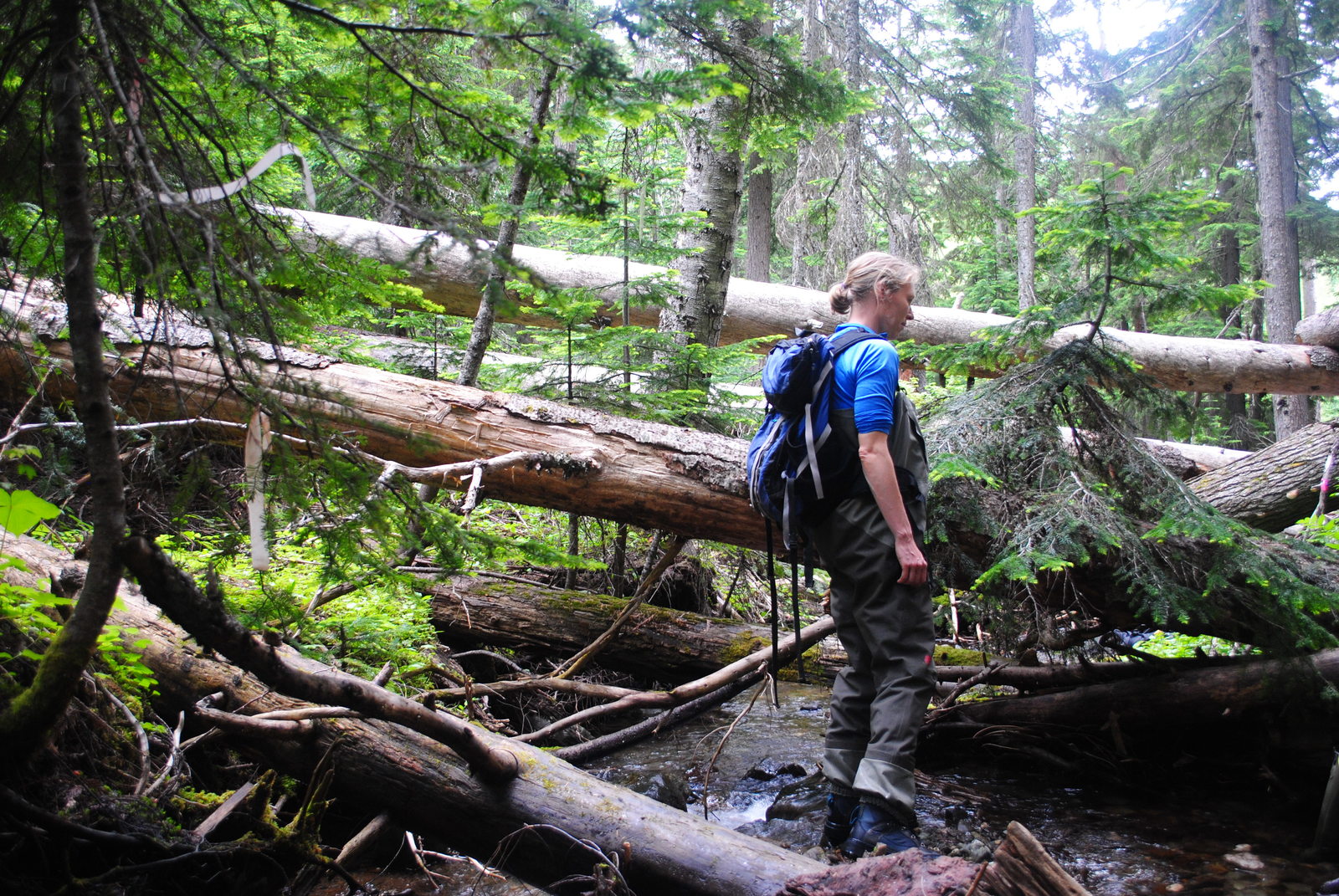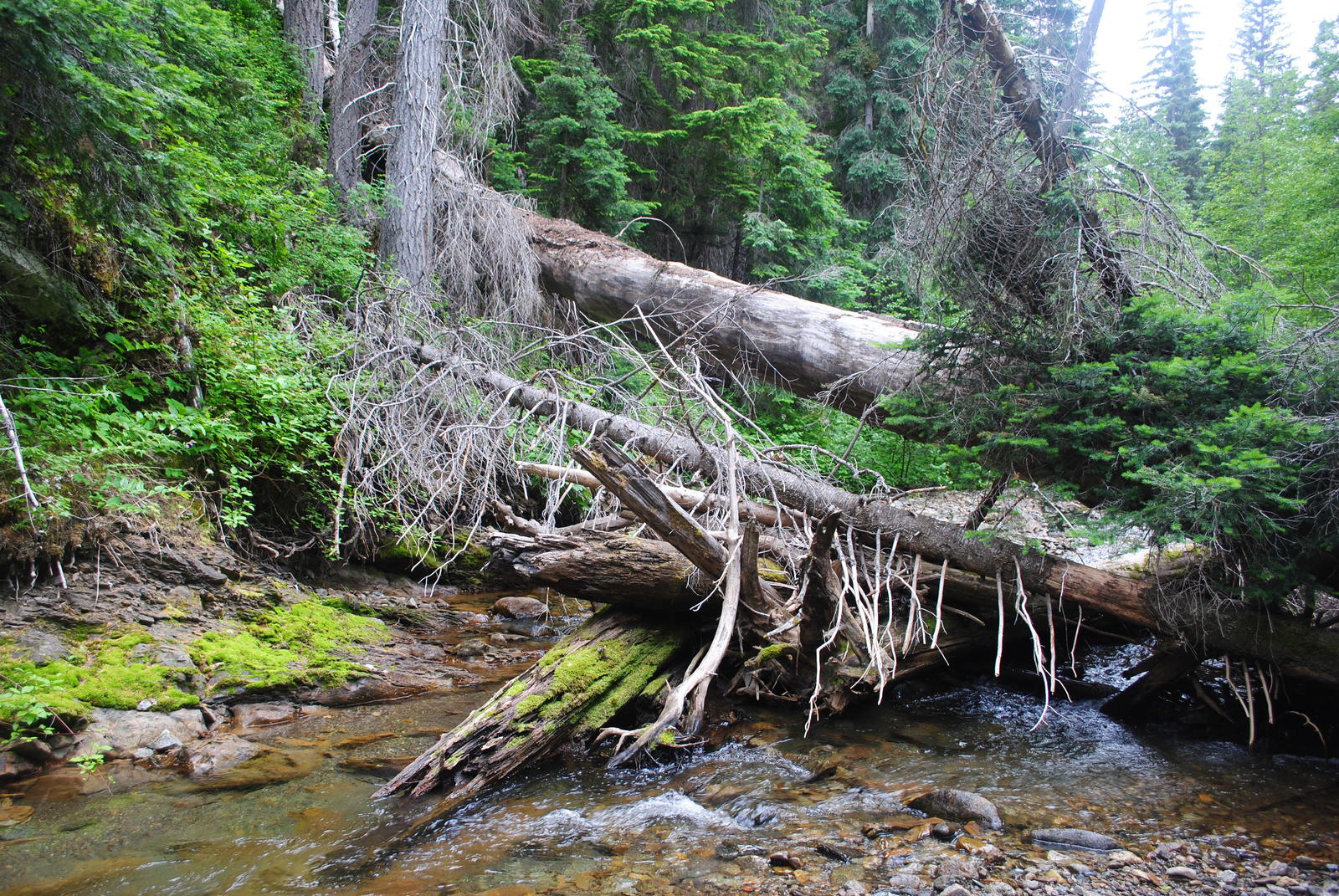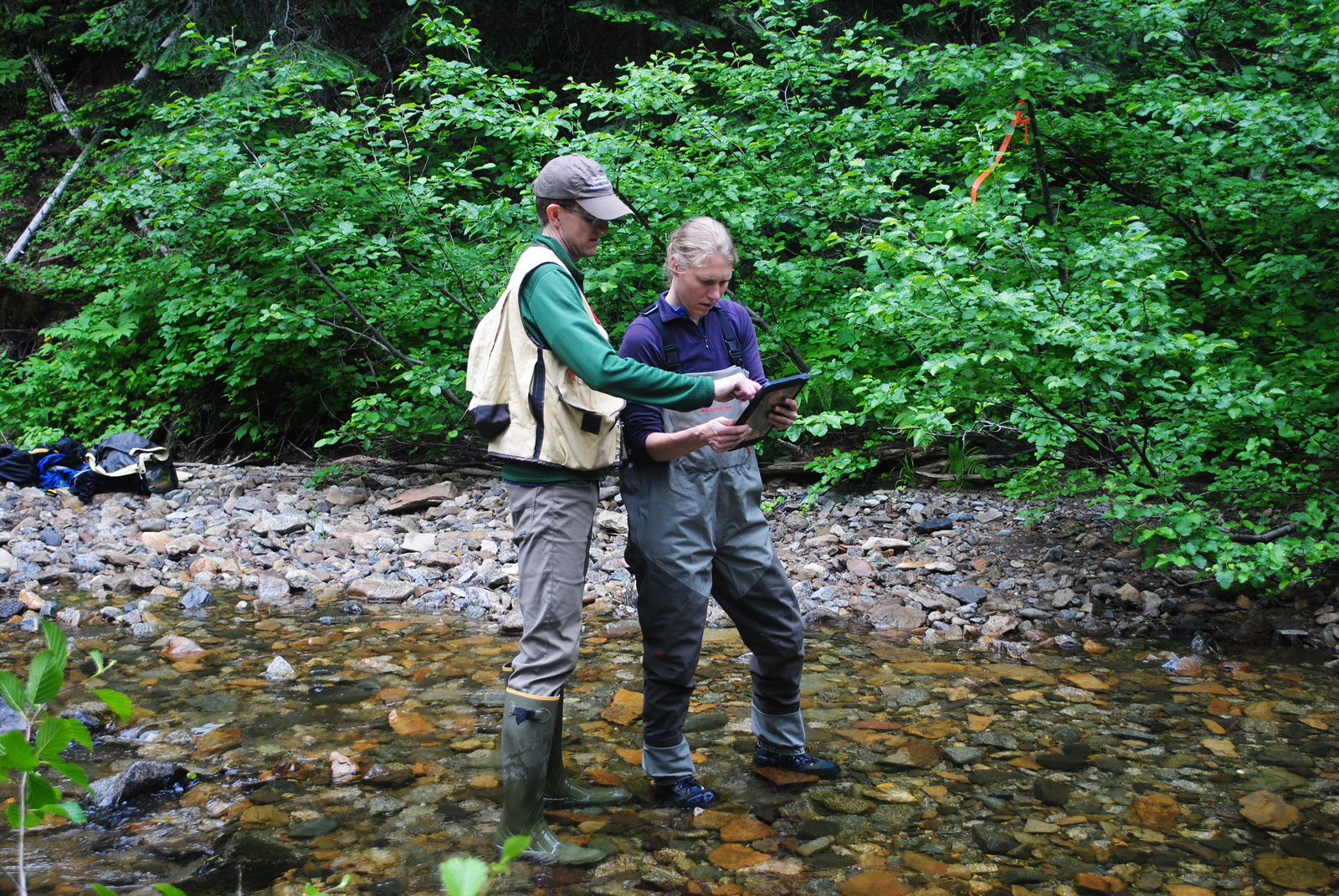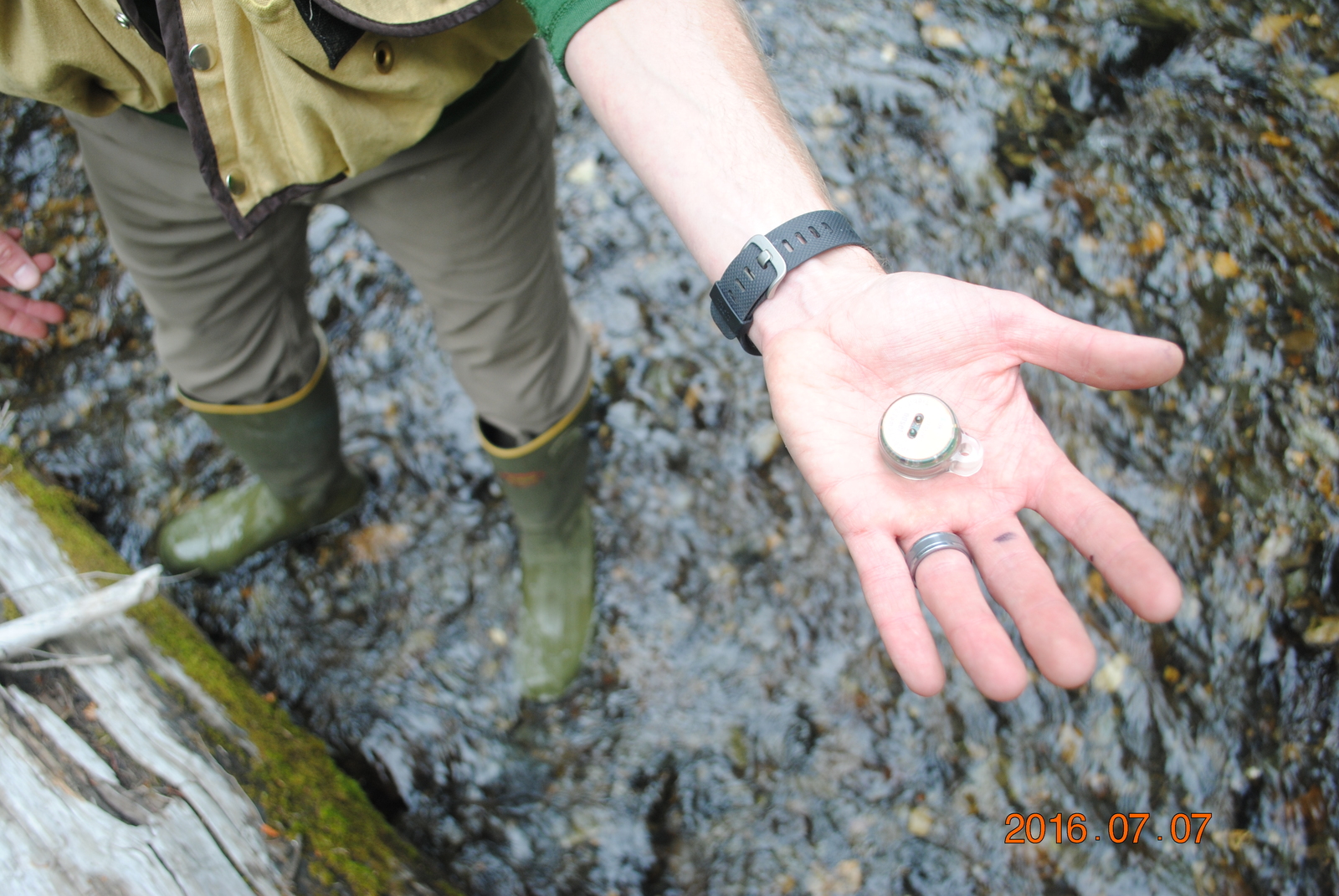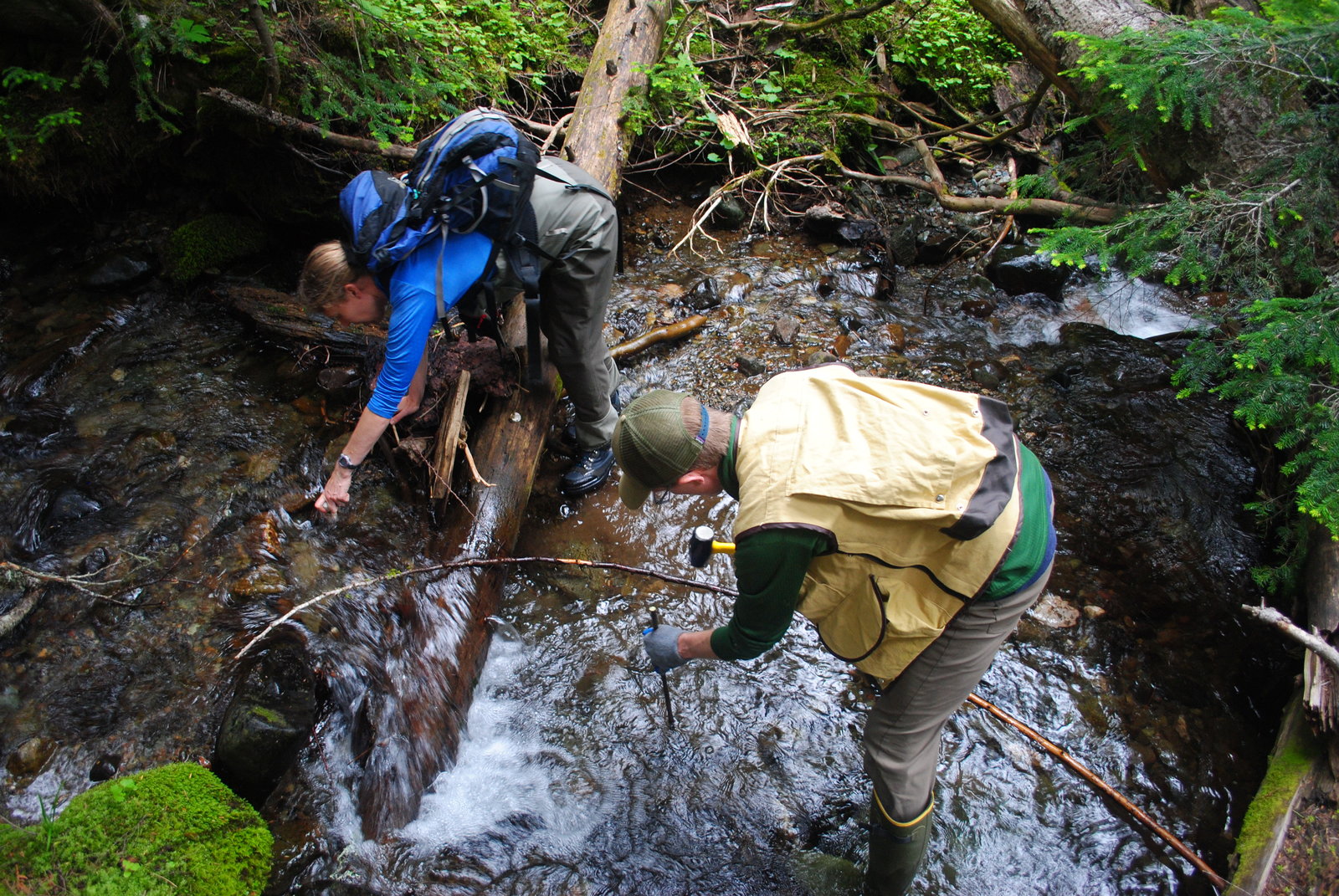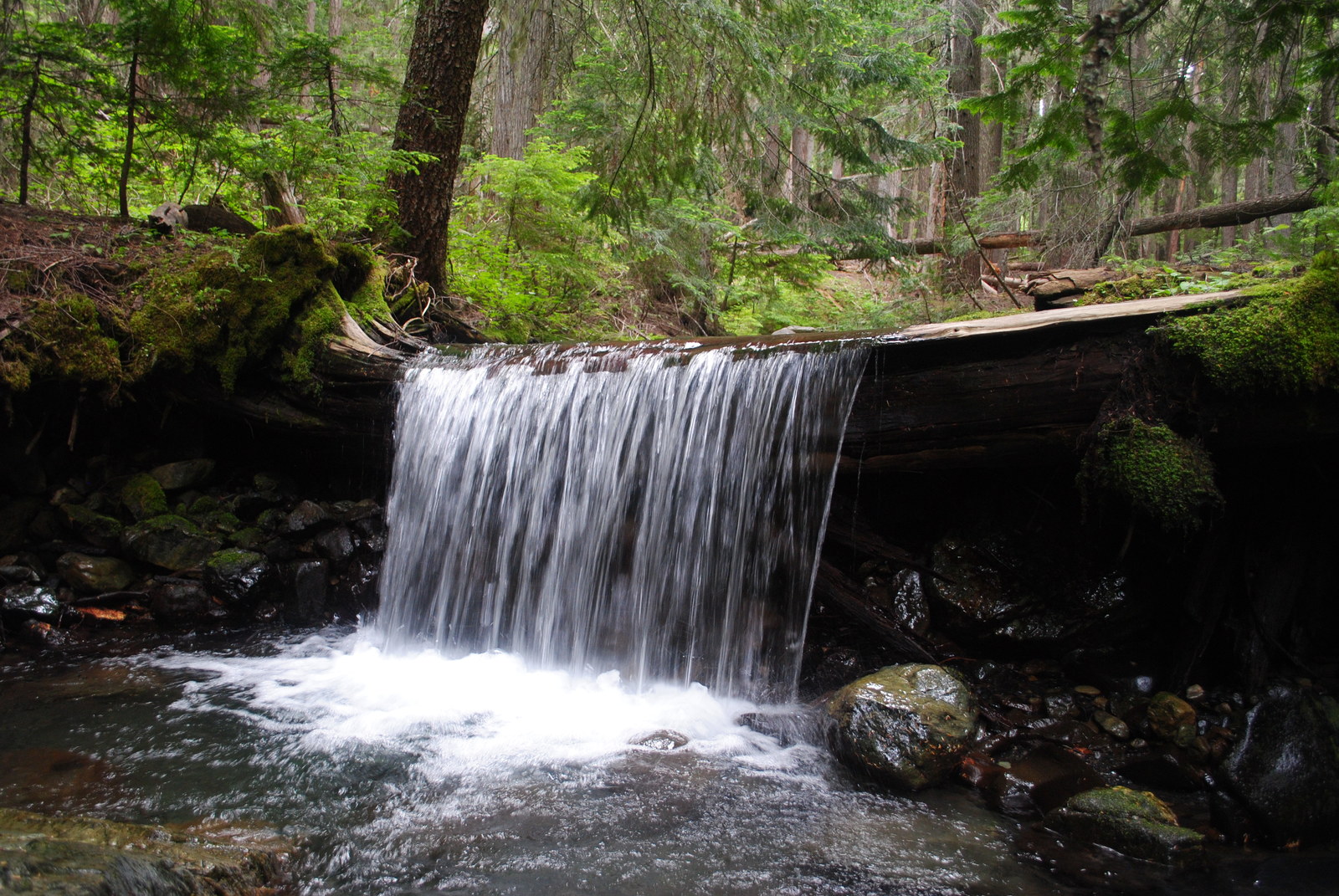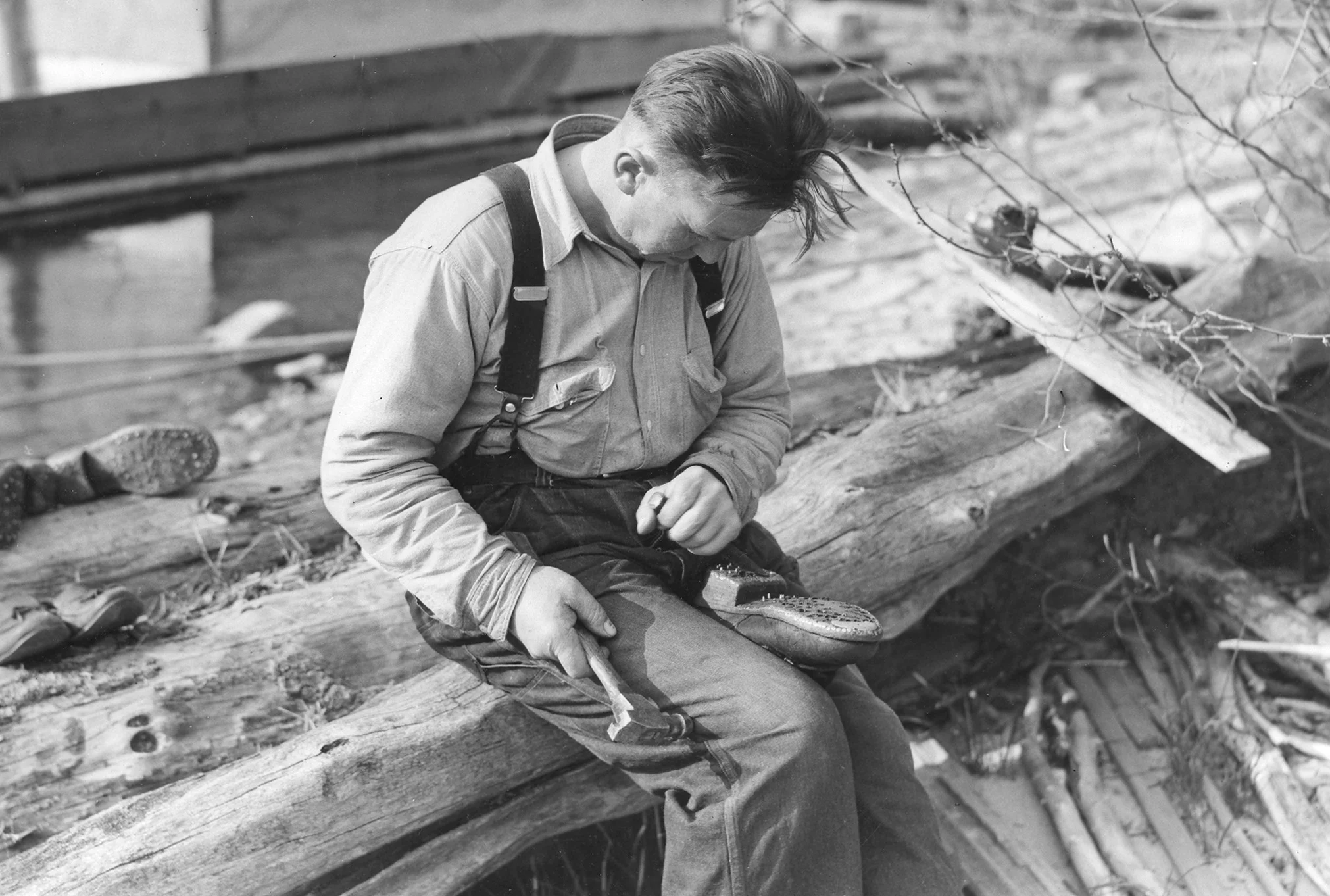Photographed by John Marshall
A groundbreaking forest restoration project led by The Nature Conservancy here in Washington has been honored with the SFI Leadership in Conservation Award at the Sustainable Forestry Initiative (SFI) 2016 Annual Conference.
“At its heart, the Manastash-Taneum Resilient Landscape Restoration Project recognizes that good forest management, which includes responsible harvesting, allows fire-, insect-, and disease-resistant forests to thrive and also benefits a diversity of species,” said the award announcement.
"We are so pleased to recognize the Washington Department of Natural Resources (DNR) and the Yakama Nation, both SFI Program Participants, and their partners the Washington Department of Fish & Wildlife, The Nature Conservancy, and the U.S. Forest Service," said Kathy Abusow, President and CEO of SFI Inc.
"These forests will benefit if they are managed in ways that allow them to better tolerate wildfires. Responsible harvesting, followed by controlled prescribed burning, should help reduce crown fires, which are more dangerous and difficult to control. This is a practical way to help mitigate some of the damage that climate change is expected to cause," said Laura Potash, coordinator for the Tapash Sustainable Forests Collaborative, which brings all the project partners together.


















